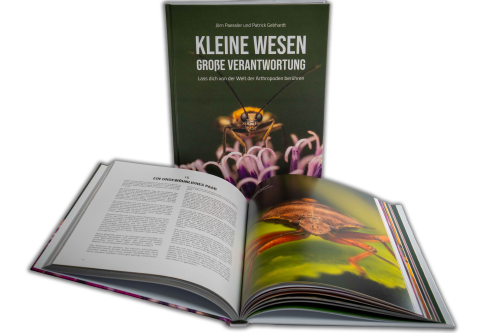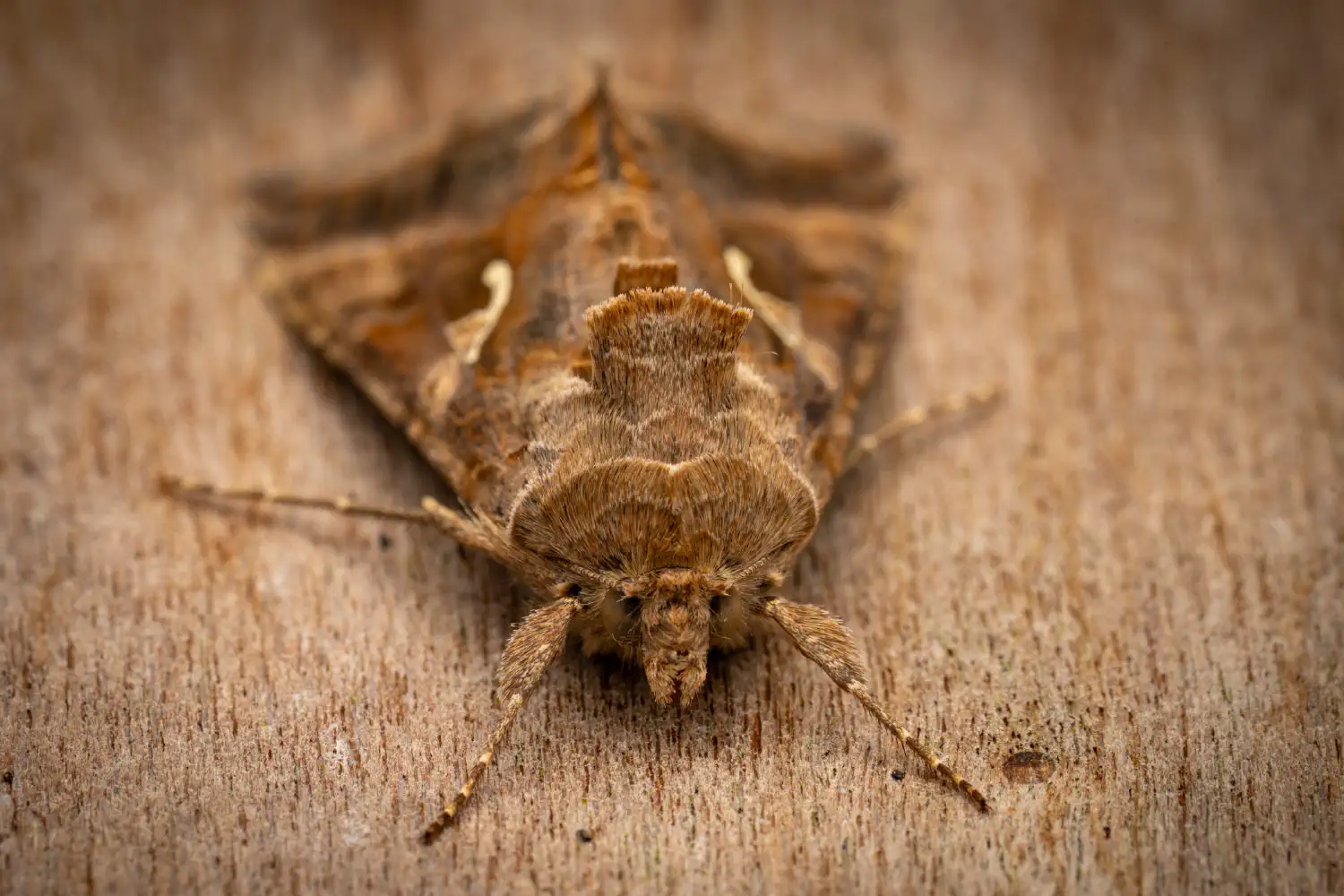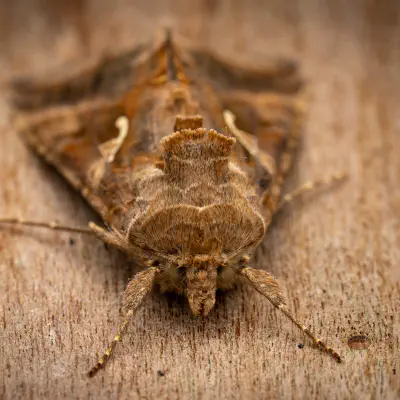Cutworm Moths and Allies Lat. “Noctuidae“
The Noctuidae, commonly known as owlet moths, cutworms or armyworms, is the most controversial family in the superfamily Noctuoidea because many of its clades are constantly changing, along with the other families of Noctuoidea. It was considered the largest family in Lepidoptera for a long time, but after regrouping Lymantriinae, Catocalinae and Calpinae within the family Erebidae, the latter holds this title now. Currently, Noctuidae is the second largest family in Noctuoidea, with about 1,089 genera…
Hierarchy
Description
Adult: Most noctuid adults have wings with a variety of shades of browns, grays, and other varied shades and colourations but some subfamilies, such as Acronictinae and Agaristinae, are very colorful, especially those from tropical regions (e.g. Baorisa hieroglyphica). They are characterized by a structure in the metathorax called the nodular sclerite or epaulette, which separates the tympanum and the conjunctiva in the tympanal organ. It functions to keep parasites (Acari) out of the tympanal cavity. Another characteristic in this group is trifine hindwing venation, by reduction or absence of the second medial vein (M2). Markings present on the wings of noctuid adults can be helpful in distinguishing species. From the basal location to the outer edge (proximal to distal) on the forewing, there is a claviform (club-shaped) stigma, horizontally oriented with the thicker end closer to the wing’s outer edge, located posterior to a discal (round) stigma. These are followed distally by a reniform (kidney-shaped) stigma, which is typically oriented with its concave side facing the wing’s outer edge. It is often not possible to discern all of the stigmata on all specimens or species. Crossbands or crosslines may be present, oriented longitudinally from the leading to the trailing edge of the wing. Larva: Commonly green or brown; some species present bright colors, such as the camphorweed cucullia moth (Cucullia alfarata). Most are pudgy and smooth with rounded short heads and few setae, but there are some exceptions in some subfamilies (e.g. Acronictinae and Pantheinae). Pupa: The pupae most often range from shiny brown to dark brown. When they newly pupate they are bright brownish orange, but after a few days start to get darker. Eggs: Vary in colors, but all have a spherical shape.
Etymology
The word Noctuidae is derived from the name of the type genus Noctua, which is the Latin name for the little owl, and the patronymic suffix -idae used typically to form taxonomic family names in animals. The common name “owlet” originally means a small or young owl. The names “armyworms” and “cutworms” are based on the behavior of the larvae of this group, which can occur in destructive swarms and cut the stems of plants.
Systematics
Since molecular analysis began to play a larger role in systematics, the structure of many Lepidoptera groups has been changing and Noctuidae is not an exception. Most recent studies have shown that Noctuidae sensu stricto is a monophyletic group, mainly based on trifine venation. Some clades within Noctuidae sensu lato have yet to be studied. This taxonomic division represents the subfamilies, tribes and subtribes considered so far.
Family Noctuidae Latreille, 1809 Subfamily Acontiinae Guenée, 1841 Tribe Acontiini Guenée, 1841 Tribe Armadini Tribe Chamaecleini Subfamily Acronictinae Harris, 1841 Subfamily Aediinae Subfamily Agaristinae Boisduval, 1833 Subfamily Amphipyrinae Guenée, 1837 Tribe Amphipyrini Guenée, 1837 Tribe Psaphidini Grote, 1896 Subtribe Feraliina Poole, 1995 Subtribe Nocloina Poole, 1995 Subtribe Psaphidina Grote, 1896 Subtribe Triocnemidina Poole, 1995 Subfamily Bagisarinae Crumb, 1956 Subfamily Balsinae Grote, 1896 Subfamily Bryophilinae Guenée, 1852 Subfamily Cobubathinae Wagner & Keegan, 2021 Subfamily Condicinae Poole, 1995 Tribe Condicini Poole, 1995 Tribe Leuconyctini Poole, 1995 Subfamily Cropiinae Keegan & Wagner, 2021 Subfamily Cuculliinae Herrich-Schäffer, 1850 Subfamily Dilobinae Subfamily Dyopsinae Subfamily Eriopinae Herrich-Schäffer, 1851 Subfamily Eucocytiinae Subfamily Eustrotiinae Grote, 1882 Subfamily Grotellinae Subfamily Heliothinae Boisduval, 1828 Subfamily Metoponiinae Herrich-Schäffer, 1851 Tribe Cydosiini Kitching & Rawlins, 1998 Subfamily Noctuinae Latreille, 1809 Tribe Actinotiini Beck, 1996 Tribe Apameini Guenée, 1841 Tribe Arzamini Grote, 1883 Tribe Caradrinini Boisduval, 1840 Subtribe Athetiina Fibiger & Lafontaine, 2005 Subtribe Caradrinina Boisduval, 1840 Tribe Dypterygiini Forbes, 1954 Tribe Elaphriini Beck, 1996 Tribe Episemini Tribe Eriopygini Fibiger & Lafontaine, 2005 Tribe Glottulini Guenée, 1852 Tribe Hadenini Guenée, 1837 Tribe Leucaniini Guenée, 1837 Tribe Noctuini Latreille, 1809 Subtribe Agrotina Harris, 1841 Subtribe Axyliina Subtribe Noctuina Latreille, 1809 Tribe Orthosiini Guenée, 1837 Tribe Phlogophorini Hampson, 1918 Tribe Phosphilini Poole, 1995 Tribe Prodeniini Forbes, 1954 Tribe Pseudeustrotiini Beck, 1996 Tribe Tholerini Beck, 1996 Tribe Xylenini Guenée, 1837 Subtribe Antitypina Forbes & Franclemont, 1954 Subtribe Cosmiina Guenée, 1852 Subtribe Ufeina Crumb, 1956 Subtribe Xylenina Guenée, 1837 Subfamily Oncocnemidinae Forbes & Franclemont, 1954 Subfamily Pantheinae Smith, 1898 Subfamily Plusiinae Boisduval, 1828 Tribe Abrostolini Eichlin & Cunningham, 1978 Tribe Argyrogrammatini Eichlin & Cunningham, 1978 Tribe Plusiini Boisduval, 1828 Subtribe Autoplusiina Kitching, 1987 Subtribe Euchalciina Chou & Lu, 1979 Subtribe Plusiina Boisduval, 1828 Subfamily Raphiinae Subfamily Stiriinae Tribe Annaphilini Tribe Stiriini Grote, 1882 Subtribe Annaphilina Mustelin, 2006 Subtribe Azeniina Poole, 1995 Subtribe Grotellina Poole, 1995 Subtribe Stiriina Grote, 1882 Genera with intervening taxonomy not available include:
Alastria Epilitha Fabula Lanatopyga Lenisa Neoligia Orohadena Orthomoia Protapamea Proxenus Pseudluperina
External links
On University of Florida Institute of Food and Agricultural Sciences Featured Creatures web site: Agrotis ipsilon, black cutworm Diphthera festiva, hieroglyphic moth Litoprosopus futilis, cabbage palm caterpillar Pseudaletia unipuncta, true armyworm Spodoptera eridania, southern armyworm Spodoptera frugiperda, fall armyworm Spodoptera ornithogalli, yellowstriped armyworm Xanthopastis timais, Spanish moth or convict caterpillar Images of Noctuidae species in New Zealand Archived 2015-11-07 at the Wayback Machine
Ancestry Graph
Further Information
„Cutworm Moths and Allies“ on wikipedia.org
„Cutworm Moths and Allies“ on iNaturalist.org
Copyright

This article uses material from the Wikipedia article Noctuidae the free encyclopedia Wikipedia which is released under Creative Commons Attribution-ShareAlike 4.0 International License). On Wikipedia a list of authors is available.

Little beings in print
Order our calendars and books today!
Compiled with love. Printed sustainably. Experience our little beings even more vividly in print. All our publications are available for a small donation.


